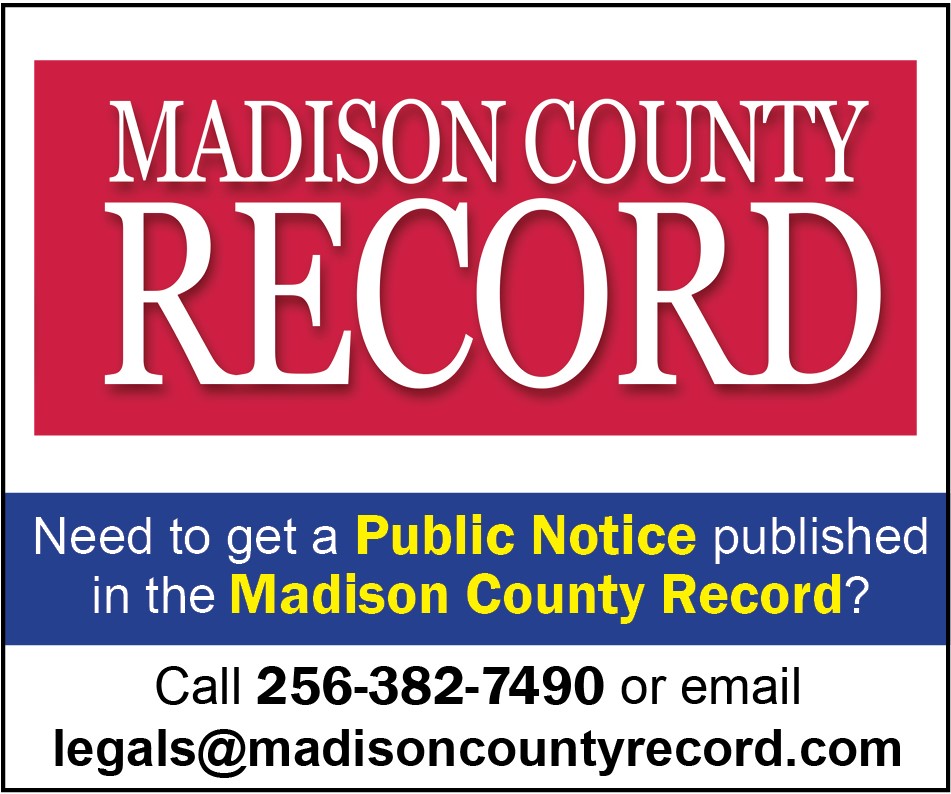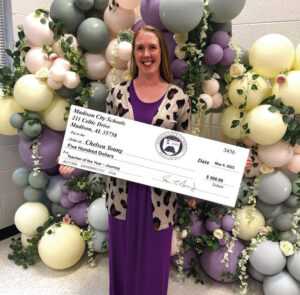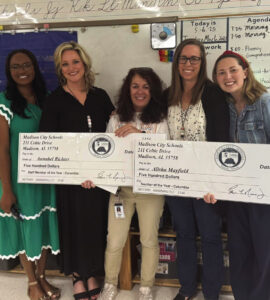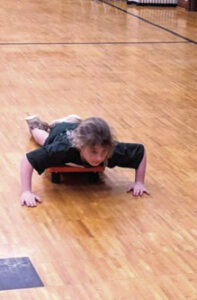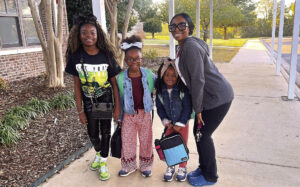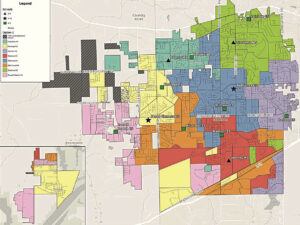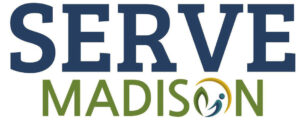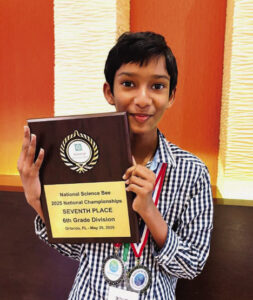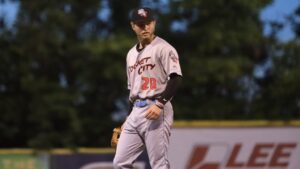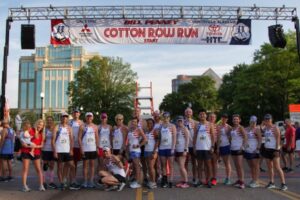Elementary students explore coding during Computer Science Week
MADISON – For International Computer Science Education Week, teachers generated experiments and coding ideas for elementary students in Madison City Schools.
“Kudos to our District Instructional technology specialists Rachel Gibbs and Russel Johnson, along with teachers, media specialists and others for leading creative learning lessons for our students, especially at the elementary level with help from James Clemens computer science students,” MCS Superintendent Dr. Ed Nichols said.
All students in grades PreK-5 engaged in programming exercises during Computer Science Week. To confirm that faculties could access meaningful work, Gibbs created optional sessions on the district’s choice board for computer science:
* Programming Frosty the Snowman to escape snowstorm — Led by STEM teacher Kawanna Gardner for pre-kindergarten. Applying computational thinking, students used bluebots, or small robots with Bluetooth capability, to solve problems and complete their code.
“This activity used introductory arrow-code language intended for very early learners with a hands-on robot. Some older students utilized more advanced coding language during the week, such s block-based code, Java Script and Python,” Gibbs said.
* Worked with Scratch to create an animated winter word – Students used ‘block coding’ within ‘Scratch,’ which is an open coding platform that allows students to use block coding to create their own original projects, Gibbs said. Block coding is an introductory-level coding language that helps students learn the basic skills and process of coding. This session is another example of a choice board activity and was optional.
Many students tackled this task, either in their classroom or during the coding partnership with James Clemens to create original virtual games or animations.
“Using block coding platforms, such as code.org and Scratch, allows students to learn foundational skills that set the stage for more extensive coding applications with advanced language, such as Java Script and Python,” Gibbs said.
* Creating a game in Scratch Jr. – An optional project.
All third-graders created algorithms with block coding to send to ‘ozobots,’ or small introductory robots that children can program by using colored lines on practically any surface. Fourth- and fifth-graders pursued coding with James Clemens contacts.
Depending on the school’s media specialist’s choice, other undertakings included computational thinking while in an escape-room environment, virtual reality, scavenger hunts with Google Earth and graphic design with the tool Canva.
“Canva is a graphic design tool that our teachers and students utilize to design creative products to demonstrate their learning or to practice computer science skills,” Gibbs said. “During Computer Science Week, many classes used Canva to create and print holiday greeting cards that were sent to local assisted-living homes. Some other projects completed in Canva include comic strips, infographics, posters and videos.”
Can young children understand these concepts and terms like ‘algorithms’? “Understanding and using algorithms is an important piece of our ‘Digital Literacy and Computer Science’ standards in grades K-5,” Gibbs said. “While we’re still working on making this consistent vocabulary in all our classrooms, students receive direct instruction and use this type of vocabulary on a daily basis in the STEM classroom and when working with our media specialists.”
“Developing strong computational thinking skills in our students has been and will continue to be a major focus for us. Helping our students feel comfortable with the language of computational thinking is a major aspect of that,” Gibbs said.


